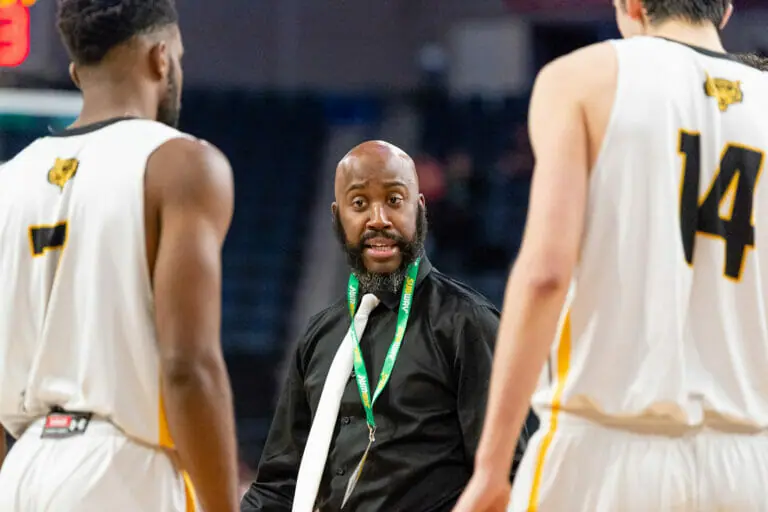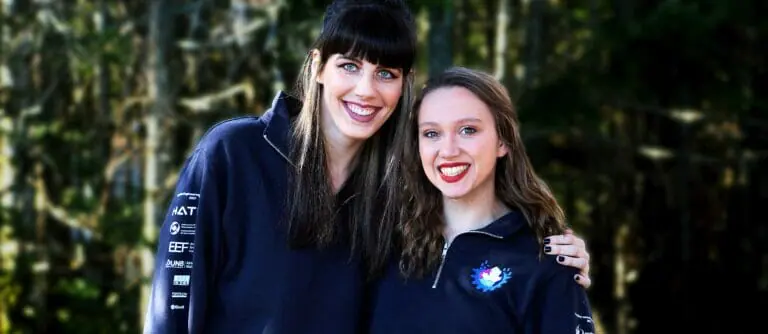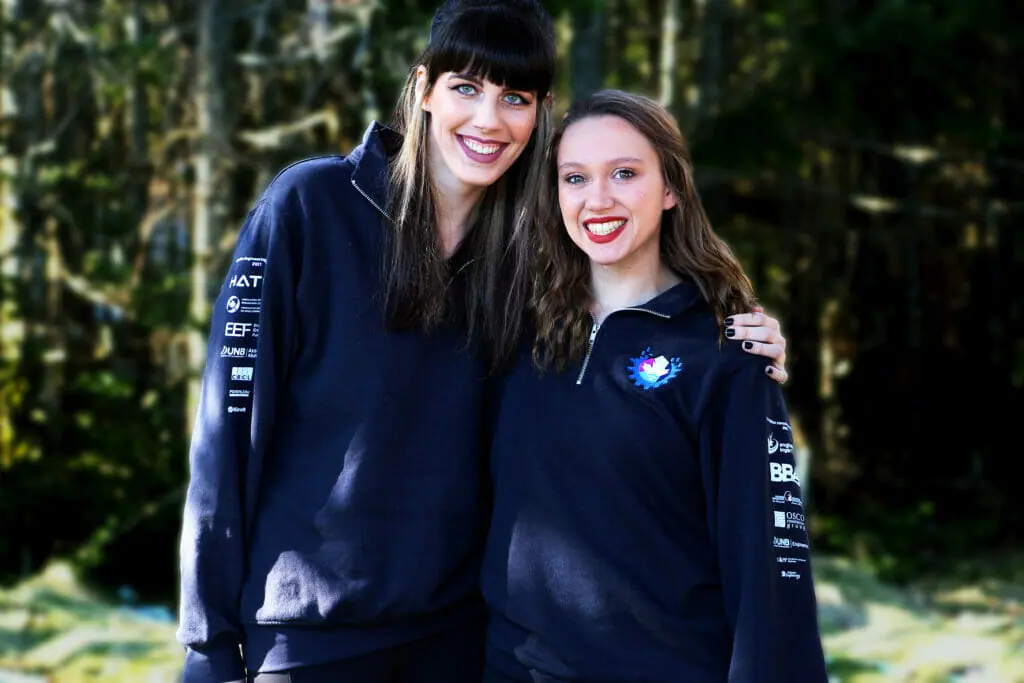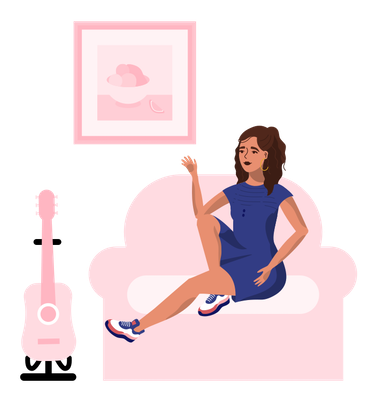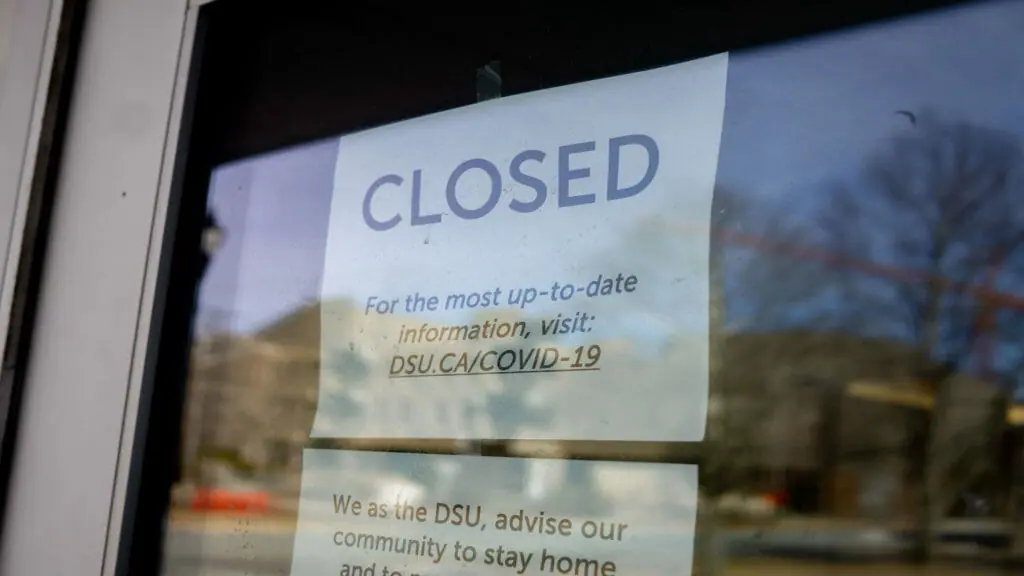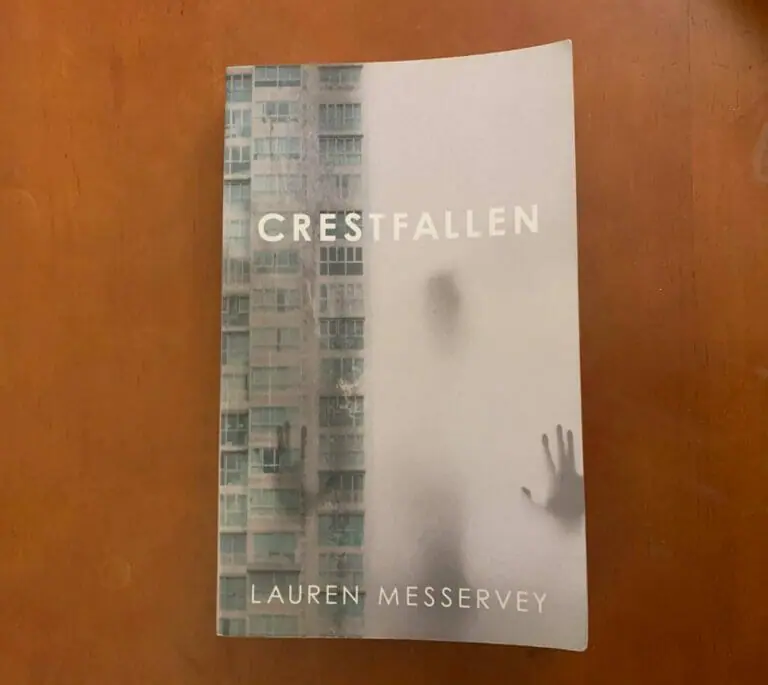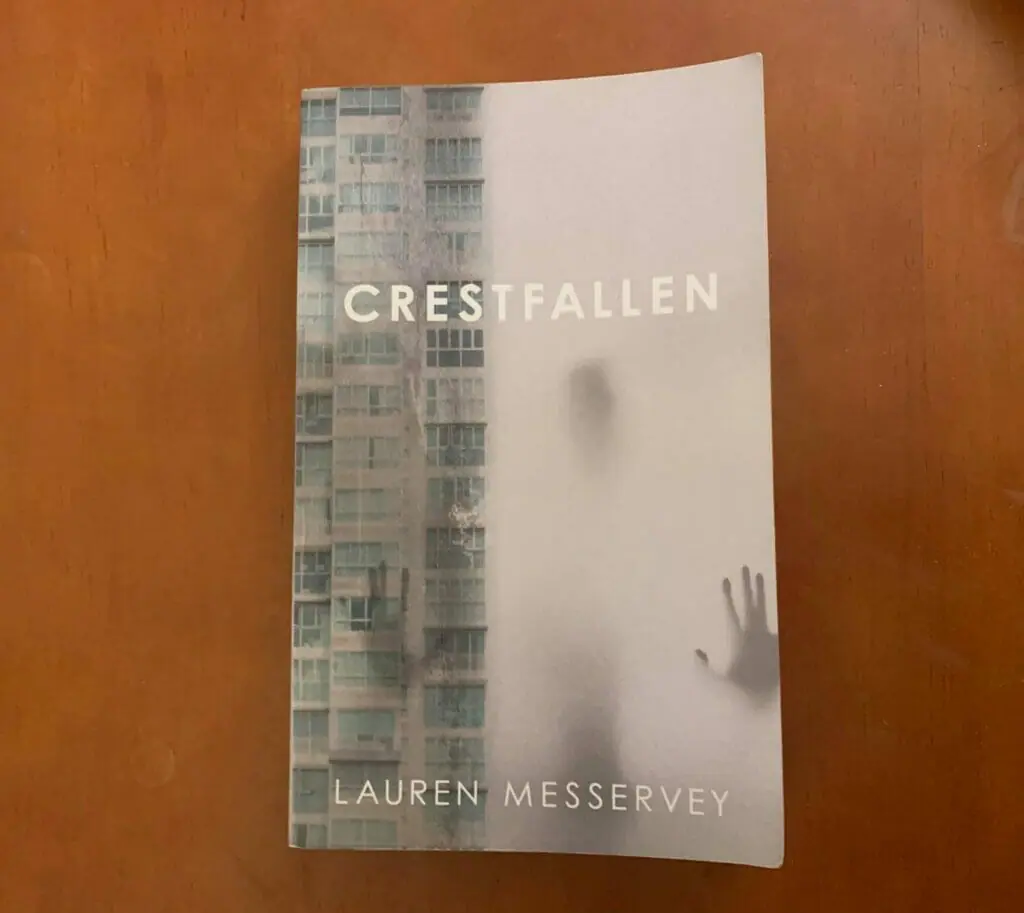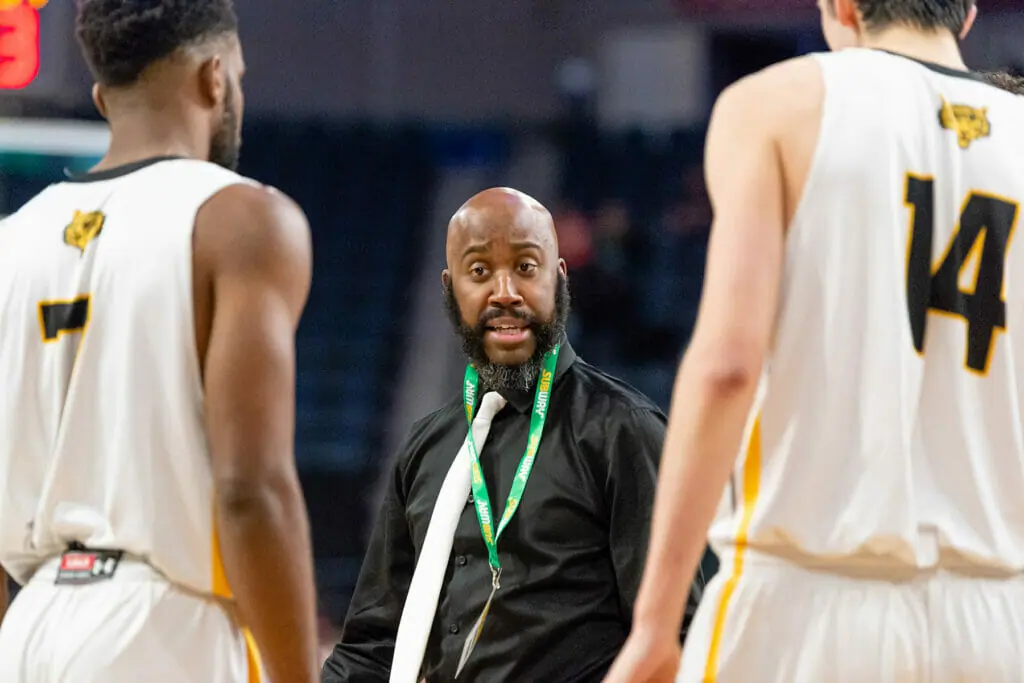
After 11 years as head coach of the women’s basketball program at Dalhousie University, Anna Stammberger will retire this spring. Stammberger, who graduated from Dal in 1985 and played at the 1984 Summer Olympics with the Canadian National Women’s Basketball Team, will be succeeded on an interim basis by Anton Berry on April 1, 2021.
Berry is currently an assistant coach on Stammberger’s staff, focusing on recruitment and player development. He spent seven years with the men’s program, before joining the women’s squad for the 2020-2021 campaign.
With the men’s team, the Tigers experienced an extraordinary run of success, winning five Atlantic University Sport (AUS) conference titles and two U Sports medals, including a national silver medal last season. Berry’s duties included work as the team’s defensive coordinator.
When asked what he hopes to bring to his new position from his time in the men’s program, Berry said, “From a competitive standpoint: winning.”
Accountability and team relationships
The women’s team’s last AUS title came in the 2000-2001 season, a statistic Berry hopes to change soon. But beyond the results, Berry hopes to establish a positive team culture, the importance of which he learned as an assistant under men’s head coach Rick Plato.
During his time with the men’s program, Berry said the most important experiences centred around that culture.
“I think the most important thing is team culture. The foundation of a team’s culture needs to be accountability on and off the court,” said Berry.
That accountability, he said, begins at the top of the organization with him and is expected throughout the program. This philosophy is nothing new to him, having seen it in play during the men’s teams’ run to a slew of conference titles and U Sports medals.
“You have to believe in each other, you have to trust, you have to work hard and you have to sacrifice. That starts with me as a coach, and my coaching staff and it has to continue down through my players,” Berry said.
Also, Berry emphasized the importance of relationships with his athletes as an integral part of a team’s success.
“You have to have great relationships with your players. I think building relationships with your players is a very important thing in coaching. I have found that at the end of the season it pays dividends,” he said.
Back into game form
This season, of course, presented unique challenges for the program. The lack of certainty was present since September 2020, when it was unclear whether or not there was going to be a season.
“From an Xs and Os standpoint, we had no way to prepare for [what was to come]. The focus. . . was just working on skills, hoping that we’d be able to get some competition,” Berry said.
As a current assistant coach focused on development, when asked if he was worried the lack of game experience would be an issue for the development of the team, Berry responded confidently.
“Players are made in the off-season. When it comes to development, the off-season is going to be crucial,” said Berry. “I have to give a lot of respect to the players. Shout-out to them, who practiced their butts off for months not knowing if they’d have a season.”
Thankfully, in February 2021, the team was able to participate in a number of controlled scrimmages versus Acadia, Saint Mary’s, King’s College and Mount Saint Vincent universities, the latter of which is Berry’s alma mater. These scrimmages have provided a welcome return to a competitive environment the team has spent so long preparing for.
Berry hopes the team will see the return of the regular grind of a full competitive season sooner rather than later. Until then, he is focused on doing whatever he can to prepare the team.
“How can I make the team better by adding players, or what can we do to make players better?” Berry asked, which he hopes to answer when he officially becomes interim head coach in April. “I’m trying to see how I can establish and build a strong team culture.”

